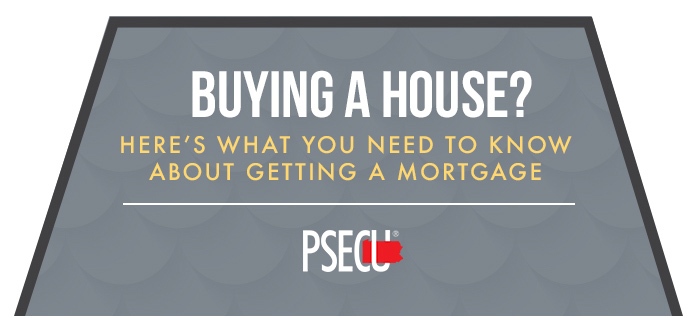Disclaimer: This post is sponsored by PSECU, a Pennsylvania-based credit union.
Are you ready to ditch the renting life and purchase your first home? If so, you’re not alone. 2018 alone saw the sale of 5.34 million existing properties and more than 650,000 home constructions. The process is an exciting one. Nevertheless, it’s essential to understand home loans before you begin the mortgage process.
Follow the beginner’s guide below to learn more.
Common Terms to Know
If you’re ready to apply for a loan, you’ll want to get acquainted with some standard home-buying terms.
Some of the most common terms include:
- Borrower: That’s you, the person taking out the loan.
- Lender: The financial institution providing the loan.
- Mortgage: The loan you’re borrowing from a financial institution.
- Interest: The rate you pay to borrow money from the institution.
- Principle: The total amount of your home loan, minus interest and taxes.
Once you know these terms, you’re ready to dive into the different types of loans available to home buyers.
Different Types of Loans
A conventional loan, also referred to as a standard mortgage, conforms to Fannie Mae and Freddie Mac’s lending limits and standards. However, the federal government does not insure these loans.
An FHA loan, on the other hand, is federally insured. The most popular type of FHA loan is the FHA cash-out refinance option, which allows homeowners to pay off their existing mortgage and create a larger home loan that provides them with extra cash.
Fixed vs. Adjustable Interest Rate
You have a choice between a fixed and adjustable interest rate with any home loan. A fixed-rate mortgage will have the same interest rate throughout the entire term. For example, if you qualify for a loan with a 4% interest rate, it will remain that rate until your last payment.
A variable or adjustable rate fluctuates. While you may be offered a loan at a 2% interest rate, that fee might climb to 6% by the end of your loan term. 75% of home buyers choose a fixed-rate mortgage for their loan. An adjustable rate could mean a lower payment in the short term but carries a higher risk.
Your Interest Rate Factors
You may be limited to the types of loans and interest rates available as a first-time buyer. Do your research and consider all your options. Factors that may affect your home loan interest rate include credit score, annual salary, home location and down payment amount.
Your mortgage term, how long you plan to pay back the loan, is also a significant factor. Most mortgages are a 15- or 30-year loan. A 30-year plan is the most prevalent, but a 15-year plan allows you to build equity faster. Other loan lengths, which are less common, include 10, 20 and 40 years.
The Standard Down Payment
The standard down payment is 20% of the home’s purchase price. For a $200,000 home, you would put down $40,000. However, you don’t need a sack of cash to purchase your first property. In the U.S., more than 27% of home buyers use a down payment of 6-19% of the purchase price.
Your down payment size also depends on the type of loan you choose. An FHA loan, for example, offers down payments as low as 3.5%. With this type of loan, a $200,000 home could be yours for the start-up cost of only $7,000.
How Much Money to Borrow
Your financial lender will tell you how much you can borrow, not how much you should borrow. It’s up to you to decide on the right loan amount. It’s risky to borrow the maximum amount available, as it can put you on a shoestring budget. A smaller mortgage comes with lower monthly payments and interest charges.
When deciding on your home loan amount, ask yourself the following questions:
- What’s the price of the home?
- Will the property need repairs?
- Will the lender require upgrades?
- Do you have any outstanding debt?
- How much money do you have saved?
The last thing you want is to sign up for a 30-year adjustable-rate loan you can’t afford. Instead, do your research to understand how much you can comfortably afford.
Are you ready to make the transition to homeownership? Then follow the beginner’s guide above. From interest rates to affordability, you’ll learn everything you need to find the right home loan.
For more information on understanding mortgages and home loans, PSECU created a graphic you can view here!







